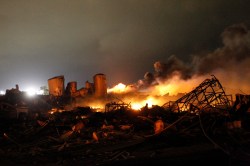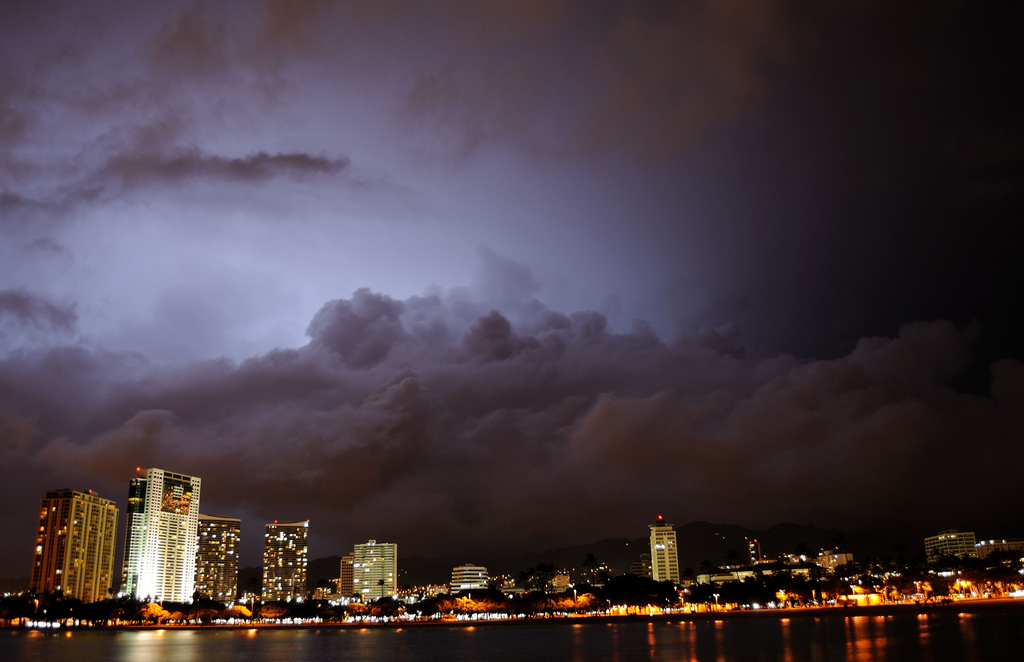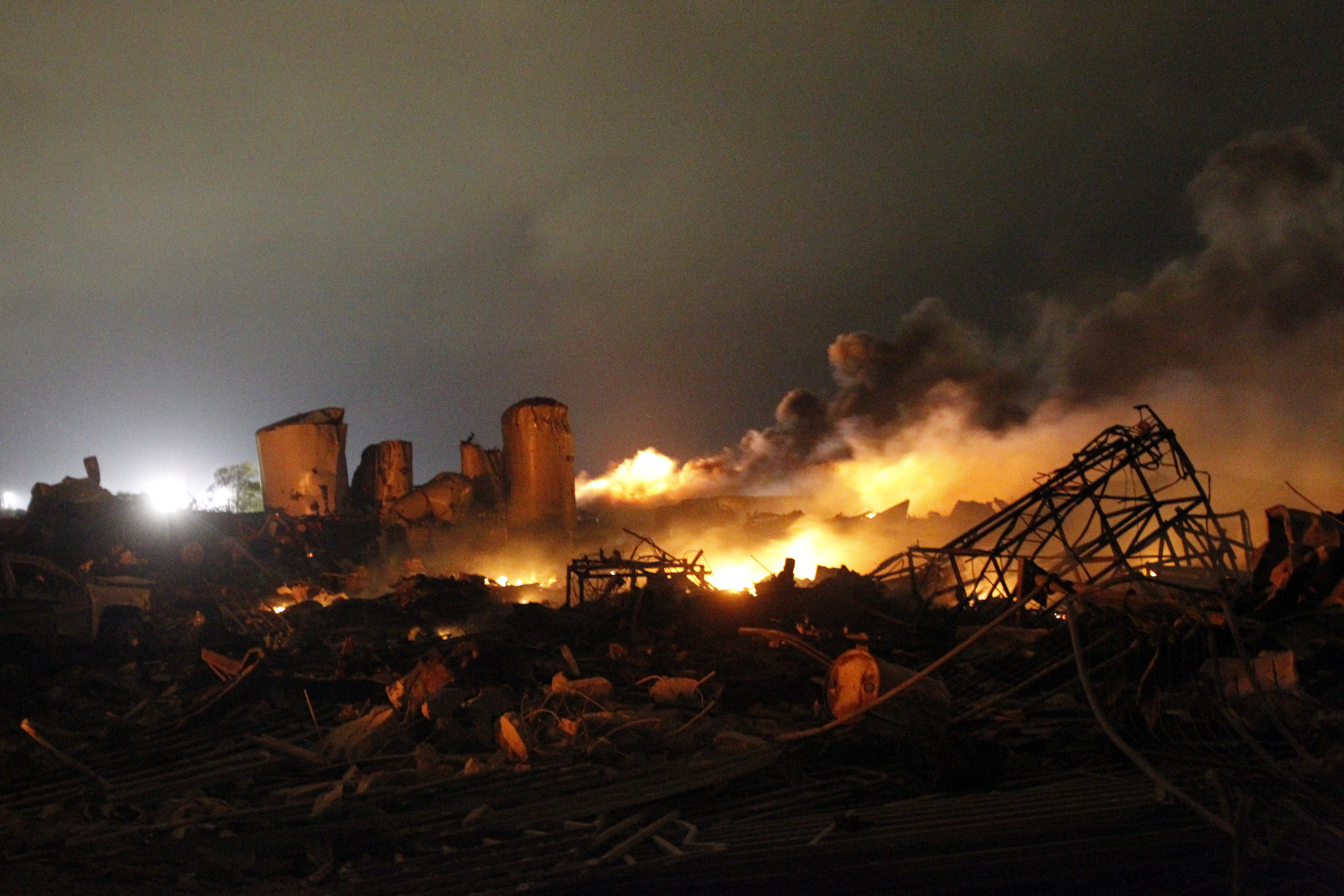
Reuters / Mike StoneThe aftermath of the April 17 explosion and fire in West, Texas.
It would sure be nice to know what exactly caused a fertilizer plant to explode in Texas last month, killing 14 people — especially given that 800,000 Americans live near similar facilities. But federal investigators are complaining to Congress that their work has been stymied by other government agencies, meaning the mystery might never be solved.
The U.S. Chemical Safety Board, in a letter released Tuesday, accused the Texas state fire marshal and the U.S. Bureau of Alcohol, Tobacco, Firearms and Explosives of hampering its work by blocking access to key witnesses for three weeks after the massive blast — “an unprecedented and harmful delay.”
Board chairman Rafael Moure-Eraso wrote that the “incident site was massively and irreversibly altered under the direction of ATF personnel, who used cranes, bulldozers and other excavation apparatus in an ultimately unsuccessful quest to find a single ignition source for the original fire.” …
The chairman’s letter, dated May 17 and written in response to a request from [Sen. Barbara] Boxer [D-Calif.], is laced with frustration. Moure-Eraso pleads with the senator to intervene to help him and his team gain access to debris and other evidence removed by ATF and the fire marshal, along with West Fertilizer Co. records covering training of employees, chemical inventories and safety records.
“All indications are that the event was an industrial accident” rather than the result of arson, he wrote, questioning the rationale cited by ATF and the fire marshal for tightly controlling access to witnesses and evidence.
He described company documents “blowing around the site and exposed to rain and the elements. The ATF had no apparent interest in the documents.” Yet, he wrote Boxer, ATF agents refused to allow members of the safety board’s 18-person team in West to collect those documents.
Meanwhile, Reuters is reporting that at least 800,000 Americans live near one of hundreds of sites that store large amounts of ammonium nitrate, which investigators believe was the source of last month’s blast:
Reuters’ analysis of hazardous chemical inventories found schools, hospitals and churches within short distances of facilities storing ammonium nitrate, such as an elementary school in Athens, Texas, that is next door to a fertilizer plant. The Hiawatha Community Hospital in Padonia, Kansas, is less than a quarter-mile from one site and three-quarters of a mile from another. …
Some sites are in heavily urbanized areas. Acid Products Co. in Chicago, which reported storing between 10,000 and 99,999 pounds of ammonium nitrate in 2012, is surrounded by about 24,000 people.
The Chemical Safety Board’s report, expected in 12 to 18 months, could provide some answers about the causes of the West explosion — if the ATF folks get out of the way.



